Results
-
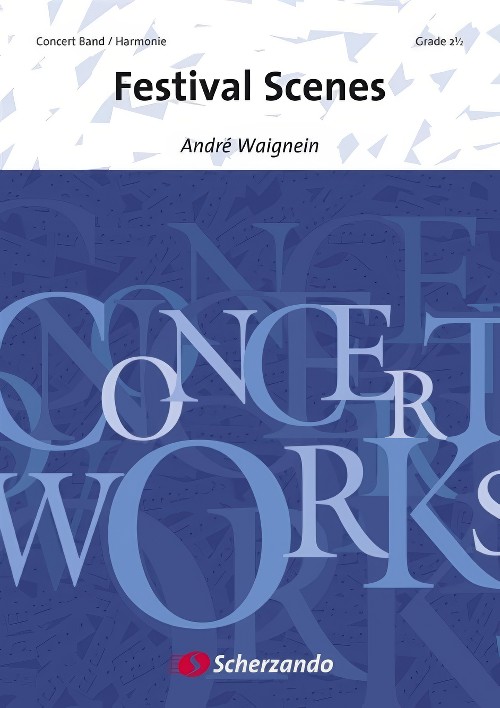 £118.99
£118.99Festival Scenes (Concert Band - Score and Parts) - Waignein, Andre
People gathering dates back to the dawn of mankind?s history. Nowadays, many festivals still attract hundreds or even thousands of people in an atmosphere of sharing and joy. Festival Scenes describes a typical day in a festival schedule. The opening (Entry) is solemn. Graceful figures and sparkling and shining colours bring out a particular touch of lightness and elegance. People greet each other with a warm smile (Salutation), fostering a friendly and fraternal atmosphere. Consequently, the festival is celebrated in the spirit of general rejoicing and exaltation (Celebration). Why not help create a festival atmosphere in your concerts with this fantastic work.Duration: 7:00
Estimated dispatch 7-14 working days
-
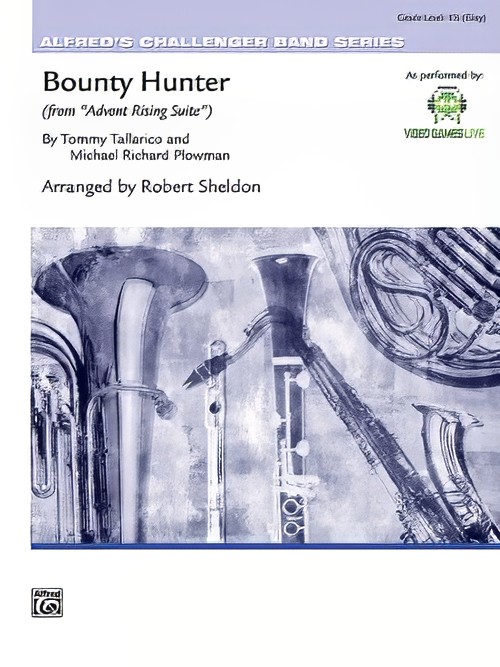 £62.95
£62.95Bounty Hunter (from Advent Rising Suite) (Concert Band - Score and Parts) - Sheldon, Robert
This is a piece that your students will love! Finally, music from the enormously popular video game Advent Rising, as performed by Video Games Live! The Bounty Hunter Theme from the Advent Rising Suite is very accessible by young bands while still maintaining all the drama and adventure of the original score. What a fantastic addition to your next concert! Duration: 2.00
Estimated dispatch 7-14 working days
-
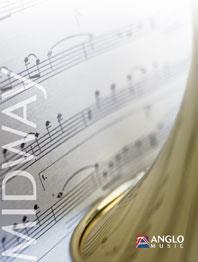 £106.99
£106.99The Earl of Oxford's March (Concert Band - Score and Parts) - Byrd, William - Sparke, Philip
The Battell was written during the late 14th Century when England was in a mood of national celebration after victory over the Spanish and French Armadas. The movement which Byrd called Marche Before The Battell became known as The Earl of Oxford's Marchand it appears with that title in an early manuscript copy of the Fitzwilliam Virginal Book. Written while Byrd was at the height of his powers, it still stirs the soul to this day. A perfect opener for your concert performances.Duration: 4:30
Estimated dispatch 7-14 working days
-
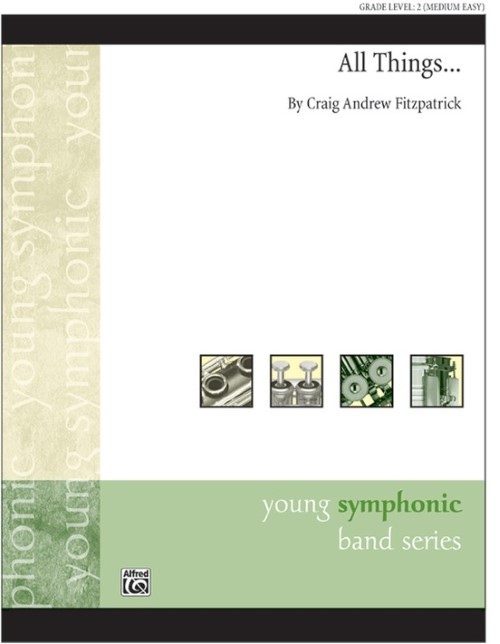 £50.50
£50.50All Things... (Concert Band - Score and Parts) - Fitzpatrick, Craig
All things... for concert band, is a setting of the traditional tune All Things Bright and Beautiful. The melody, while undergoing quite a few variations and transformations, still remains true to the original lyric quality hymn tune. Initially, the hymn is fragmented and slowly is presented in larger pieces as the work progresses. At the climax of the piece a clear and exuberant presentation of the original tune can be heard. The piece then concludes by returning to where it began by fragmenting the melody again and fading into the distance. Duration: 4.00
Estimated dispatch 7-14 working days
-
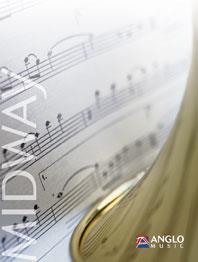 £99.99
£99.99Magga (Concert Band - Score and Parts) - Sparke, Philip
The Four Noble Truths are the most basic expression of the teaching of Buddha and therefore still form the guidelines for Buddhists to this day. They concern themselves with Dukkha, which has no exact translation but can mean suffering, stress or sadness etc. Magga is The Noble Truth of the Path Leading to the Cessation of Dukkha - the Fourth Noble Truth - which gives us a description of eight disciplines which can help us eliminate the origins of stress from our lives.Duration: 4:45
Estimated dispatch 7-14 working days
-
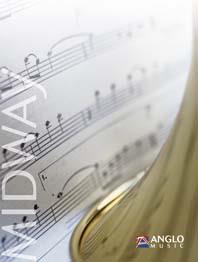 £152.99
£152.99Fiesta de la Vida (Concert Band - Score and Parts) - Sparke, Philip
The Latin American mood of the piece is a salute to the population of California, a state which many feel still clearly displays its Mexican roots. The melody and intoxicating rhythm of the music oozes excitement, thus ensuring every single member of your audience will go home in a joyous mood!Duration: 9:15
Estimated dispatch 7-14 working days
-
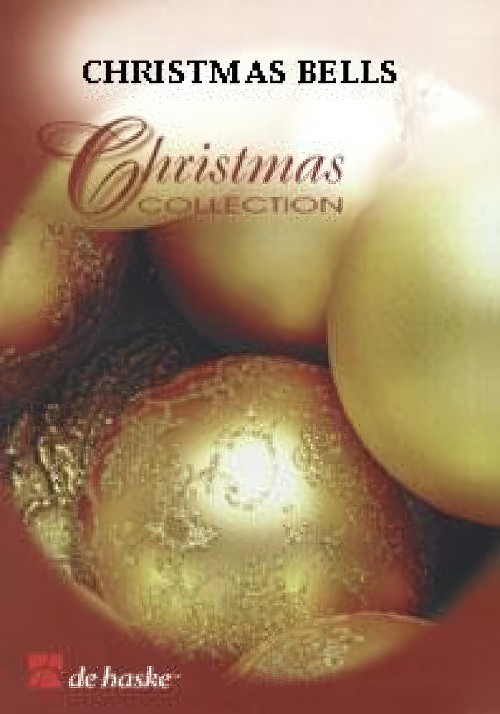 £104.99
£104.99Christmas Bells (Concert Band - Score and Parts) - Kernen, Roland
As the title suggests in Christmas Bells, bells play the leading part. This medley begins with bell chiming on the CD (this comes with the set), after which the band come in with a solid chord. During the short introduction, the bells still sound in the background. Following this sparkling introduction three well-known Christmas melodies are heard. Roland Kernen chose Kling Glockchen klingelingeling, Susser die Glocken nie klingen and, of course, Jingle Bells! A fantastic work to end any Christmas concert.Duration: 6:00
Estimated dispatch 7-14 working days
-
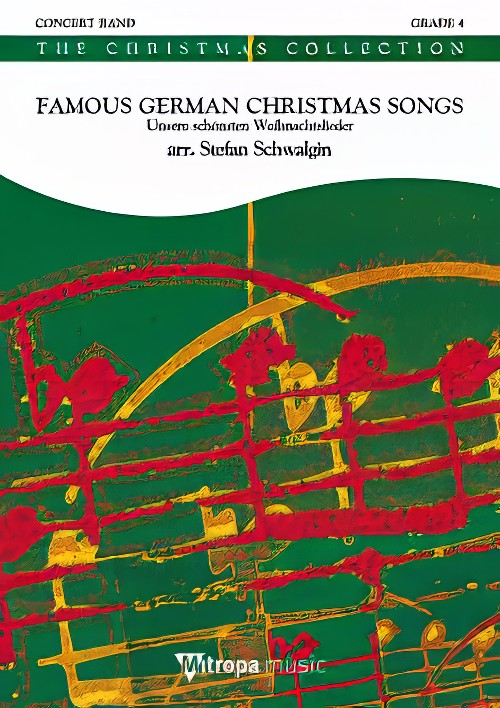 £104.99
£104.99Famous German Christmas Songs (Concert Band - Score and Parts) - Schwalgin, Stefan
Most of the German carols that are still popular today date from the period between the 17th and the early 19th centuries. Thus, only very few modern musical approaches to these songs can be found. Stefan Schwalgin has taken the opportunity to give five well-known German Christmas melodies a new sound in this colourful modern arrangement. Contains: Silent Night, Ihr Kinderlein kommet, Zu Bethlehem geboren, Alle Jahre wieder and O du frohliche. At a little bit of German Christmas spirit with this beautiful medley.Duration: 4:15
Estimated dispatch 7-14 working days
-
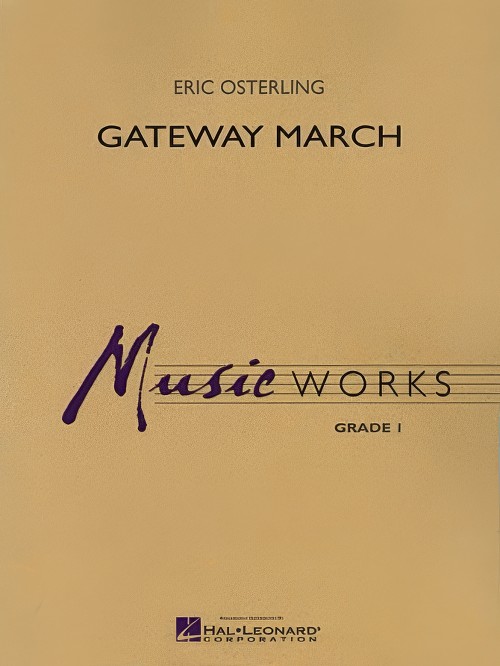 £47.50
£47.50Gateway March (Concert Band - Score and Parts) - Osterling, Eric
Easy marches that sound authentic and still work with beginners are hard to find. Here is a gem from Eric Osterling that works great even with small bands with incomplete instrumentation. With catchy melodies and repetitive rhythmic patterns, this one is easy to learn and is perfect for contest or concert use.Duration: 1:30
Estimated dispatch 7-14 working days
-
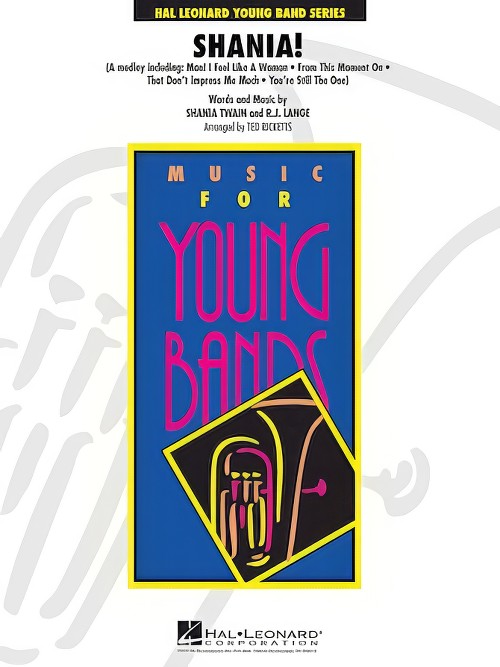 £64.99
£64.99Shania! (Concert Band - Score and Parts) - Ricketts, Ted
One of the top crossover artists in recent years, Shania Twain has recorded hits that appeal to a wide range of audiences. Including Man! I Feel Like a Woman, You're Still the One, From This Moment On and That Don't Impress Me Much. A high-powered arrangement.
Estimated dispatch 7-14 working days
